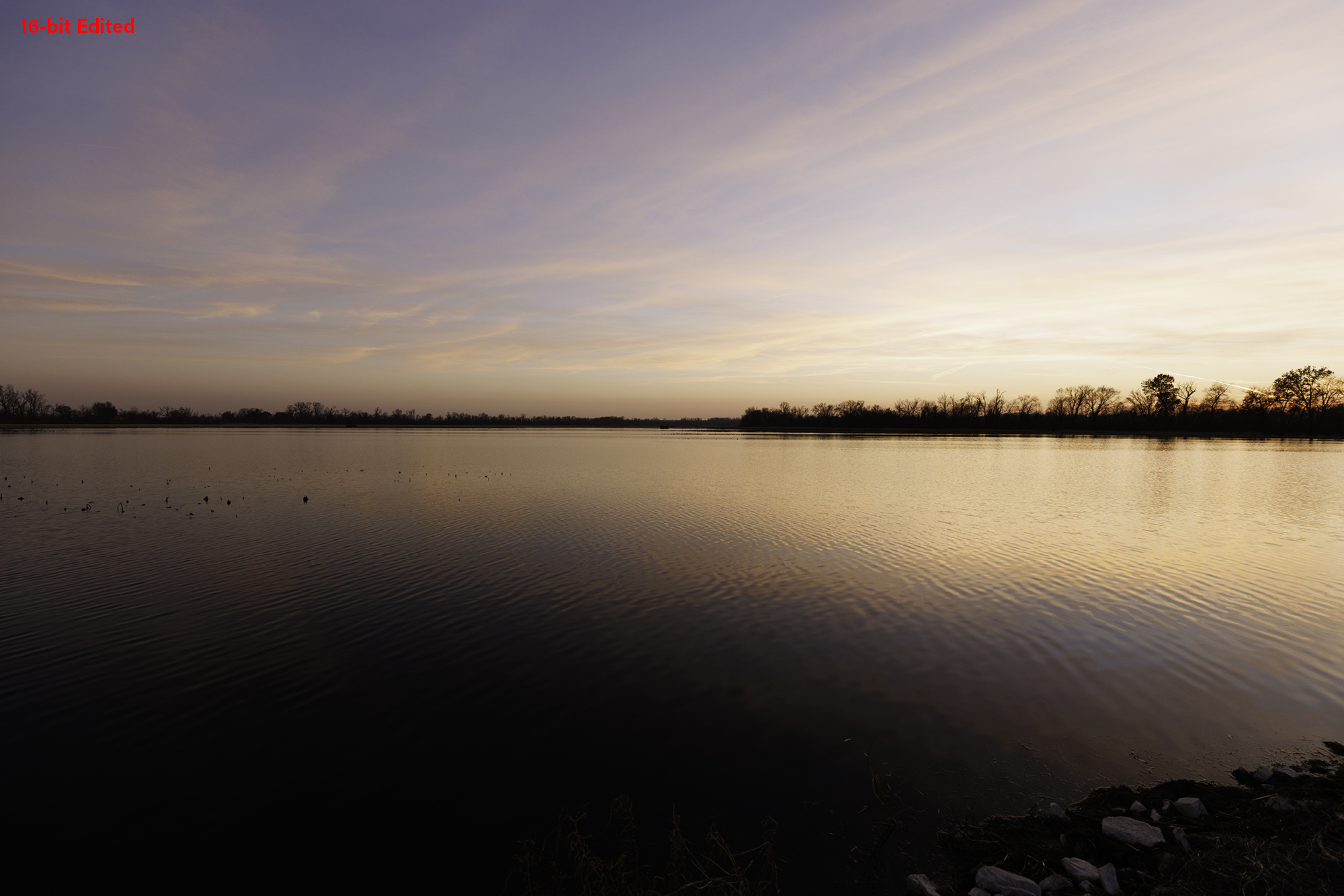Most professional cameras support a type of image format called a RAW file format. A RAW file is supposed to be uncompressed and unprocessed data from the sensor. This means that every digital bit of data that the sensor produced has been saved in the RAW file. And it means that the RAW file has been saved with no extraneous processing of any kind. No sharpening, no contrast, no vignette or distortion correction. A RAW file should be as close to an exact copy of the image the lens formed as is realistically possible. Despite this requirement some amount of processing has to happen. One example is that the image data has to be quantized to digital bits. The amount of data loss due to quantization will be partially determined by the bit-depth the camera uses. To learn more about bit-depth, click here.
RAW files have higher bit depths and that causes RAW files to be much larger than compressed formats like JPG. Where a JPG may be around 5 or 6 megabytes, RAW files will often be in the 50-70 megabyte range. Typically speaking, RAW files contain around 10 times as much digital data compared to an 8-bit JPG. Of course the larger files mean that fewer RAW files will fit on a memory card.
Despite the larger file sizes there are some good reasons to shoot in RAW.
One great thing about RAW files is that they can’t be directly modified by Photoshop or Lightroom. For instance, if you’re editing your images in Lightroom or another RAW file editor, all the edits are saved in something called a “sidecar” file. In the case of Lightroom this file uses the XMP file extension. This type of editing is called non-destructive editing and represents one of the key advantages of a RAW file. The downside is that if you copy the RAW file to another computer without also copying the XMP sidecar file, your edits won’t be available on the new computer. The XMP files have to stay with their associated RAW file in order to keep the edits.
Another advantage to RAW files is increased bit depth. While JPGs are limited to 8 bits RAW files are 16 bits. The increased bit depth allows RAW files to retain more information about the scene. All that extra image data can be used to recover shadows & highlights more effectively. Even if the camera only saves a 10-bit image, the 16-bit container will ensure that little or no data is lost during the editing process.
Check out this example showing how two version of the same file, that are edited the same way, can end up looking entirely different due solely to the bit depth of the starting image:


View my article here that talks in detail about 16-bit images and how they can help you.
RAW files are easier to make simple adjustments to such as white balance and color tone adjustments. The way that RAW data is saved allows white balance to be adjusted without worrying too much about any image quality degradation.
Since RAW files are not modified in camera the way JPG is, the RAW file represents a more neutral starting point for editing work. This can be important for photographers who tend to not get things correct in camera. RAW files also tend to be more forgiving of mistakes in exposure, particularly underexposure. If you’re being paid to do photography then shooting RAW is a slightly more safe way to take pictures than JPG is. If you do make a minor mistake with the exposure or white balance the RAW files can usually be recovered more fully than a JPG can.
Shooting in RAW format becomes more relevant the higher the resolution of your camera sensor is. Regardless of how high the bit-depth of the file is, there will only be as many colors displayed in your image as their are pixels in your image. Remembering that 8-bit color depth equates to 16.7 million colors, I know that if my images have more than 16.7 million pixels it’s 100% necessary to use a higher bit depth to save my images in. It’s simple math, 16.7 million colors isn’t enough for most modern cameras that have more than 16.7 million pixels.
RAW files are like film negatives. Keeping your RAW files is akin to keeping the original film negatives from your photos. By keeping RAWs you’ll know that you have an archive of your favorite pictures that is always going to be high quality. If your style changes in the future or you have different ideas about how to edit your pictures, the RAW file will always be there waiting for you to try something new with it.
RAW files also contain lots of metadata about your camera settings that can be useful to look at. Metadata is non-image data that helps describe the picture. Some things you might find in metadata are the camera settings that were used to create the image along with things like the camera brand, the lens used, and even the serial numbers of the camera and lens. This kind of information can be very important when troubleshooting bad pictures. Metadata can also contain copyright data which identifies you as the image creator. By keeping the RAW files you’re retaining the proof that you own the image copyright which can be very important if there is a legal dispute over one of your images.
Spending a little extra on a larger memory card is a small price to pay for the peace of mind that shooting in the RAW file format provides. I always shoot RAW even though I often think that I’m rapidly running out of space on my hard drive. Despite the challenges of storing all the RAW files I think it’s worth it in the long run to have those “originals” that I can always look back on.

